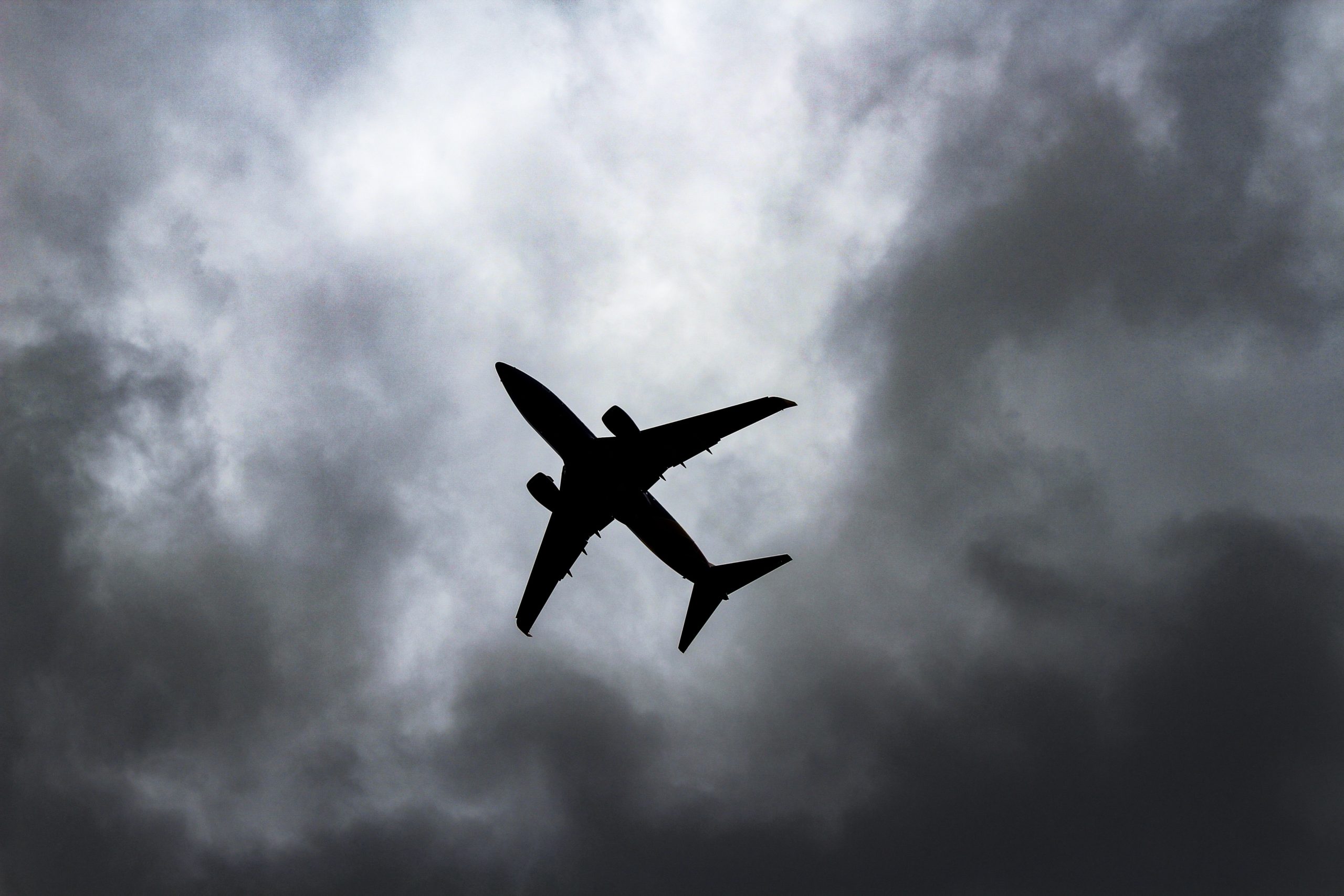
I Took a 40-Hour Train Trip to Reduce My Carbon Footprint.
Now, it helps that I hate flying. When my body isn’t on solid ground, I get so terrified that I might have four or five panic attacks during the short span of a three-hour flight. So, when I heard that staving off the existential threat of climate change would mean giving up flying, I was a little relieved. I thought giving up airplanes would be easy. It turns out that’s not as easy as it seems. But it remains important for all of us to reduce the number of flights we take—and maybe even eliminate flying altogether.
To do so effectively, we have to reform the way our country travels, not just the way we as individuals travel. I’m not naive enough to think that I saved us all from the effects of a decimated planet by making one choice. Nor do I think that never taking another flight again for the rest of my life would solve the problem. But in the U.S., tens of thousands of airplanes zoom over our heads every day, many on short flights. And globally, aviation is responsible for three percent of emissions. The altitude makes their impact on climate change even worse. We can’t ignore this issue, because it’s killing us. Our current status quo may be convenient, but it’s unsustainable.
Parke Wilde is one of the organizers of the Flying Less movement, which aims to persuade university communities (who have unusually high levels of flying) to fly less. Wilde (and other scientists) says frequent flyers have to make the most changes, saying “Remember that even in the USA about half of adults take zero flights in a particular year. Among flyers, the distribution of flights is highly unequal. So, for people who fly frequently, the personal impact is very large.”
But while frequent flyers must make sacrifices, as with most climate action, the pressure should mostly be on the corporations and governments, not individuals. “Divestment initiatives that currently focus only on fossil fuels should expand to encompass aviation,” Wilde says. “Global authorities should end the awful international rules that prohibit member states from taxing aviation fuel. Above all, local and national governments in rich countries should stop expanding airport and runway infrastructure.”
Another way to make an impact? Work to make sure that alternatives to aviation—train travel and boat travel, pedestrian-friendly sidewalks, bus and bike lanes—are as pleasant and efficient as they can be. And in the U.S., we’re nowhere there yet.
The Amtrak train I rode wasn’t particularly clean; it was crowded and uncomfortable. There were horrible delays, mostly caused by floods in Nebraska instigated by climate change. The tickets were more expensive than airplane tickets. Security was almost non-existent. And… did I mention that the food sucked?
Despite all this, there was something I loved about it. The miles I traveled felt earned somehow. I wasn’t being propelled across the sky at an inhuman speed, which is how flying feels to me sometimes. I was able to see the large swaths of the country and the beautiful landscapes surrounding me. I met new people, and I felt a sense of freedom and adventure that flying has never given me.
Domestic train travel is not only more sustainable than flying, but it can be a beautiful and relaxing experience. This is why we must revamp our system, so that train travel is more accessible and enjoyable. I spoke with Sara Bobkoff, a Jewish feminist and writer who resides in The Netherlands, where she’s used high-speed rail to go to France, Germany, and Belgium. She says that the Dutch train system is “modern, clean, pretty reliable, easy, has a great network and generally affordable. I would go so far as to say that train travel is a significant part of Dutch culture.” For Sara, it would be really easy to give up flying, except for trips to the U.S.
If we want to reduce aviation, we have to present a system that works well. That’s why I think one of the best ways to reduce emissions is to not just stop flying, but to invest in our train system so that we can get where we need to go faster, so that people will be more comfortable and safe, and so that it’s cheaper. The Green New Deal, a resolution introduced by Rep. Alexandria Ocasio-Cortez (D-NY) and Sen. Ed Markey (D-MA), aims to “build out high-speed rail at a scale where air travel stops becoming necessary.” The bill specifically mentions that such transportation should be “clean, affordable, and accessible.”
This plan stirred up a lot of ridicule and criticism from many conservatives and liberals, who felt that the plan was unrealistic. While it obviously needs more detail, the critics of this plan won’t admit that we truly don’t have a choice. Just yesterday, the United Nations released a report stating that humanity—together with up to one million species—were at risk of total and near extinction if we don’t take drastic action. Investing in sustainable modes of travel is one of the most efficient ways to wean ourselves from flying and move closer towards a goal of zero carbon emissions.
The views and opinions expressed in this article are the author’s own and do not necessarily reflect those of Lilith Magazine.
One comment on “I Took a 40-Hour Train Trip to Reduce My Carbon Footprint.”
Comments are closed.





I love train travel too, except trains can be up to 12 hours late; that’s because freight trains have the right-of-way, due to rules set by the Fed. Transportation Agency, I believe. Amtrak is govt-owned; many smaller towns have lost Amtrak service due to lack of funding.